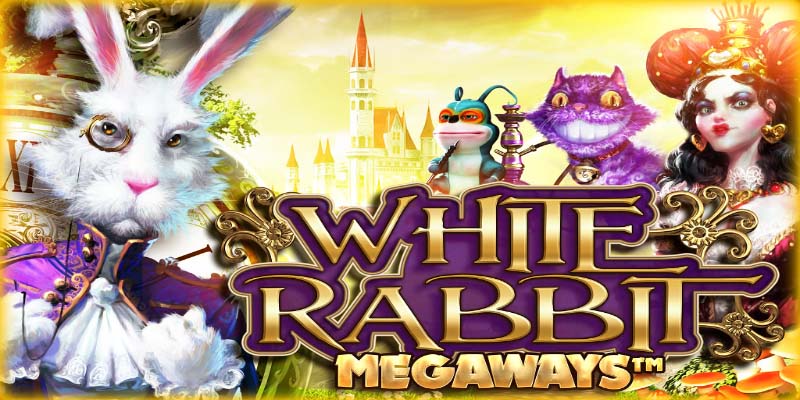The White Rabbit has enchanted audiences for centuries, emerging as a powerful symbol in various forms of art and storytelling. Serving as a bridge between dreams and reality, the White Rabbit invites us to pursue our curiosities and embark on adventures that stretch the boundaries of our imagination. Through examining its symbolism, cultural appearances, and psychological appeal, we can begin to uncover the secrets behind this captivating figure i9bet
Unraveling the Enigma of the White Rabbit
To fully appreciate the allure of the White Rabbit, we must first delve into its rich history and the layers of meaning attached to it. From ancient mythologies to modern interpretations, the White Rabbit serves as an intriguing figure that encapsulates both mystery and charm.
Overview of the White Rabbit Symbolism
Historically, the Game has been linked to various themes such as enlightenment, transformation, and the passage of time. In many cultures, rabbits are seen as symbols of fertility and rebirth due to their rapid reproduction rates. When painted white, these creatures symbolize purity and innocence, but when associated with other elements, they also represent the duality of life – the ethereal juxtaposed with the material.
In the context of Lewis Carroll’s “Alice’s Adventures in Wonderland,” the White Rabbit becomes a guide who leads Alice into a world filled with intrigue and wonder. His frantic demeanor and iconic catchphrase, “I’m late! I’m late!” serve as metaphors for the hurried pace of modern life, prompting readers to reflect on the importance of slowing down and savoring the journey. This multifaceted symbolism encourages deeper introspection about our own lives and the paths we choose to follow.
Exploring its Mythical Roots
The Game is not a modern creation; its mythical roots run deep through multiple cultures. In Celtic mythology, the rabbit is often associated with the goddess Eostre and her connection to springtime and renewal. Similarly, in Egyptian mythology, the hare symbolizes the moon and the cyclical nature of existence. These themes resonate with ideas of rebirth and transformation, providing a conceptual foundation for the White Rabbit‘s role in quests and adventures.
Moreover, across various indigenous cultures, the rabbit features prominently in folklore, often depicted as a trickster or a wise teacher. These narratives encapsulate valuable life lessons about adaptability, cleverness, and the importance of listening to one’s intuition. As such, the White Rabbit stands as a beacon of wisdom, guiding individuals toward personal growth and self-discovery.
The White Rabbit in Pop Culture
Throughout the years, the game has made numerous appearances in popular culture, solidifying its status as an iconic figure. Beyond “Alice’s Adventures in Wonderland,” variations of the Game can be found in films, television shows, and music. For instance, the character appears in Disney’s animated adaptation, becoming synonymous with whimsy and childhood nostalgia.
Additionally, the Game has inspired artists across mediums, from fashion designers to musicians. The compelling imagery of the Game evokes a sense of urgency and curiosity that resonates deeply with contemporary audiences. The continued reinvention of this character speaks volumes about its timeless allure and universal appeal.
Symbolic Meanings of the White Rabbit
Understanding the allure of the White Rabbit requires a closer examination of its symbolic meanings. The character represents more than just a whimsical creature – it embodies profound concepts of adventure, purity, and spirituality.
The Call to Adventure and Curiosity
At its core, the White Rabbit signifies the call to adventure. In literature and mythology, characters are often led into unknown realms by guides, and the White Rabbit acts as a catalyst for Alice’s journey in Wonderland. This notion of adventure provokes self-reflection, prompting individuals to explore their own desires for exploration and discovery.
Curiosity plays an essential role in personal growth, pushing people out of their comfort zones and inviting them to embrace uncertainty. The White Rabbit encourages us to listen to that inner voice that beckons us toward new experiences. By heeding the call of the White Rabbit, we open ourselves up to opportunities for learning, creativity, and meaningful connections.
Conclusion
The White Rabbit stands as a powerful symbol of adventure, curiosity, and transformation. Its multifaceted meanings resonate with audiences across cultures and generations, evoking a sense of wonder and inspiration. From its mythical roots to its contemporary appearances in literature and art, the White Rabbit captures the essence of what it means to explore the unknown and embrace the magic of life.
